By Ella McKelvey, Head of Online Engagement (Blog)
CW: mentions of death, suicide, mental illness
“6 out of 8 suicides are committed by men… depression plays a contributing role to the big difference in suicide rates for men and women” - Beyond Blue
“Men pay a high price for the straightjackets we put them in as boys - don’t show emotion… They suicide at alarming levels” - Gay Alcorn, writing for The Guardian
“The men’s mental health crisis Australia can no longer ignore” - ABC news
“While it’s undoubtedly true that fame and fortune does not insulate you from severe depression, suicide does discriminate in another way. It discriminates against men.” - Daily Telegraph
Historically, we have been bad at discussing mental health. Mainstream media reporting of mental illness been sparse, perfunctory or even downright compassionless. Perhaps as a form of retaliation; more recent media coverage has utilised a “shock factor”-based approach to sell us on the importance of paying more attention to mental illness. Increasingly, we have seen articles surfacing that describe a suicide “epidemic” amongst young men.
Several organisations have been established in Australia with the sole intent of providing suicide prevention services for men. Keen to engage men with the cause, even feminist organisations regularly use the “gender suicide discrepancy” as evidence for the damaging nature of gender-roles; particularly the expectation that men should not display emotional vulnerability.
However, whilst it is true that 75% of deaths from suicide in Australia are male; suicidality is not an exclusively male epidemic.
Women are three times more likely to attempt suicide than men.
Men are considerably more likely to die from their suicide attempts, and it is believed that this may be down to them tending to choose more violent methods.
But given that, overall, thirty times as many people attempt suicide as complete it; it is clear that suicidal thoughts and tendencies are a huge problem for women’s mental health.
Yes, mental health services are underfunded. Yes, there are still taboos surrounding mental health and emotional vulnerability that need to be broken.
But young, white, straight cis-men have not been the primary victims of our historically ignorant stance on mental health. Far less frequently addressed are the contributions that race, disability, sexuality and socioeconomic factors make to suicide rates. For example, in 2017, two times as many Aboriginal and Torres Strait Islander people committed suicide compared to non-Indigenous Australians. 35% of transgender adults have previously attempted suicide.
This doesn’t mean that we should stop investing in male suicide prevention - the fact that 6 men in Australia die every day from suicide is intolerable. In particular, it is probably wise to provide specialised forms of encouragement to help men seek help for their mental health – men access charitable mental health services at one third the rate of women. Healthcare professionals should understand the ways that gender-expectations can impede men’s willingness to process and/or open-up about their emotions.
But women can still suffer from the pressure to hide feelings of depression/anxiety, including through fear of meeting stereotypes of being emotional and irrational. Government funding and scope for public donations towards mental health is inevitably limited, and we should not be directing funds and efforts at suicide prevention disproportionately in favour of men.
Ignoring women’s suicide because it is less likely to result in death harkens back to the mentality that poor mental health (hysteria) is part of the female condition; that it doesn’t have “real” consequences. Placing the focus of suicide-prevention efforts solely on people who meet the traditional expectations of being a “man” fails to acknowledge the intersection of privilege with mental health. We need to make a more concerted yet nuanced effort to reduce suicidality.

